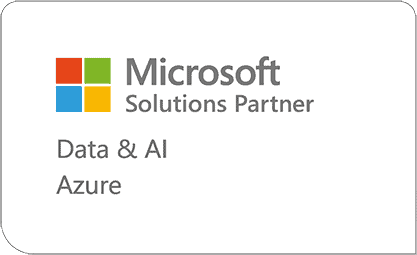An Overview of Cloud Data Warehouses and Cloud Data Lakes
The IT environment is constantly changing, but something that has stayed consistent over the years is the need for organizations to perform accurate analysis, create reports and derive results to make critical business decisions. We’ll review how companies are achieving this through cloud data warehouses and cloud data lakes.
Data analytics has expanded beyond business intelligence reporting, and the demand for advanced analytics on a variety of new data sources has increased to reveal deeper insights for predictive modeling, data mining etc. This gave rise to the concept of data lakes. With the evolution of cloud computing and data warehouses migrating to the cloud, data lake creation/deployments to the cloud support easy integration that help users produce proactive business actions.
Let’s look at some of the key features of both a cloud data warehouse and cloud data lake.
Cloud Data Warehouse
Smartbridge is currently working with clients to help migrate their legacy data warehouse to the cloud and modernize their data management architecture using Azure Synapse.
Cloud data warehouse architecture uses massively parallel processing (MPP) with unlimited storage and computing power that can be scaled in, scaled out, and paused depending on the demand. It provides a single source of truth that helps making business driven decisions easier. Here are some cloud data warehouse benefits:
Smartbridge is a Microsoft Partner
Cloud Data Lake
A cloud data lake is a repository of data in raw form, allowing multiple potential uses of data from a single load. It contains all types of data from unstructured machine generated IoT data, data from human interactions through emails, twitter feeds, videos, audios, semi structured data like JSON, XML, in addition to the structured data. Modern data lakes, when managed right, work as a great platform to easily store, load, integrate, and analyze data.
Why consider cloud data lake?
Having looked at the features we can conclude that data warehouses and data lakes are both data repositories that store and handle data for various business needs, but serve different purposes. They are usually complementary to each other and are utilized depending on the needs of the organization. For instance, visualization tools like Power BI can also connect to ADLS for producing visualizations from exploratory files in the storage account, like the way Power BI connects to the data warehouse for producing dynamic reports to visualize data. As a result, many organizations are switching to use a hybrid architecture to tap the value of their data ecosystem end to end.
Looking for more on Data & Analytics?
Explore more insights and expertise at smartbridge.com/data
There’s more to explore at Smartbridge.com!
Sign up to be notified when we publish articles, news, videos and more!
Other ways to
follow us:



